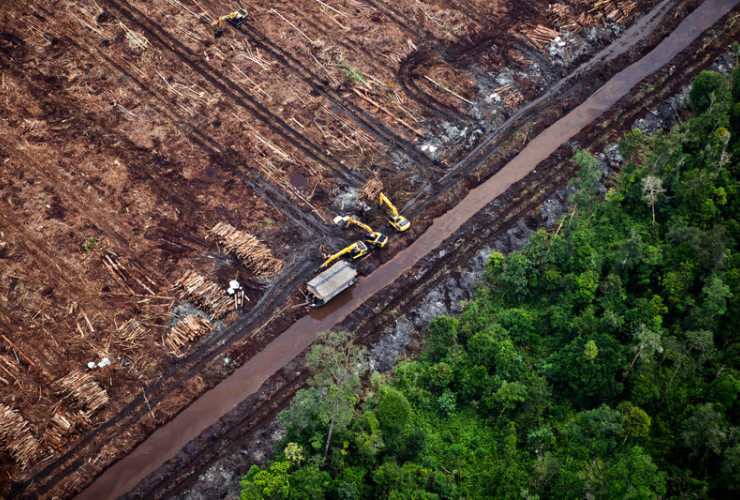An atmospheric river packing "narrow bands of heavy precipitation" is forecast for parts of British Columbia just a week after numerous high temperature records were set amid concerns of drought.
A bulletin issued by the Public Safety Ministry warns that residents in the Lower Mainland, on Vancouver Island and on the north and central coasts can expect stormy weather through to Halloween.
It says that at the end of a drought, this influx can cause flooding, although extreme weather, such as the disastrous rain last November, is not in the forecast.
The ministry statement says the central coast could see between 50 and 100 millimetres of rain by Thursday, while 40 to 80 millimetres is forecast for Howe Sound, the Sunshine Coast, west coast of Vancouver Island and Vancouver's North Shore mountains.
Environment Canada has also posted wind warnings for the central coast and Chilcotin region, but the weather office predicts heavy rain will miss the southern Interior.
The ministry says the River Forecast Centre is monitoring weather patterns and river conditions for flood hazards, while Emergency Management BC is working with communities to prepare for possible floods.
People in low-lying areas are being told to prepare for possible flooding by moving equipment and other assets to higher ground, and to make a grab-and-go bag with essentials for each member of their household if they are forced to evacuate.
A series of atmospheric rivers over several days last November washed away highways, flooded homes and farmland and prompted landslides that killed five people.
Many of the areas expecting heavy rain have been experiencing record-setting drought conditions and high temperatures for several weeks.
The province warned residents earlier this month to prepare for flooding because prolonged dry weather or drought can increase run-off and river flows.
Dry soil doesn't absorb water as well, it said, so people living near rivers or streams need to monitor the weather and river conditions closely during the transition to wet weather.
This report by The Canadian Press was first published Oct. 26, 2022.




Comments